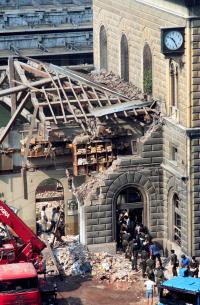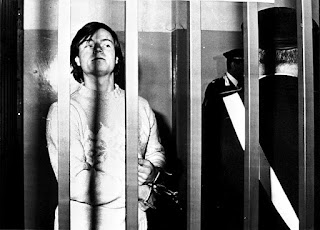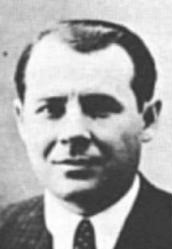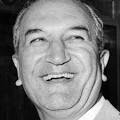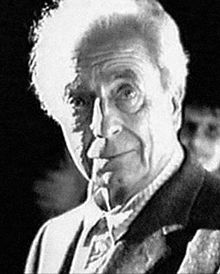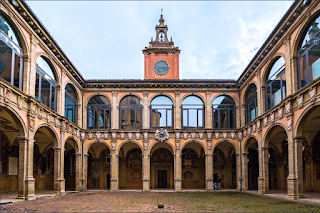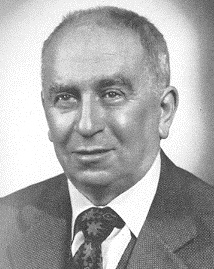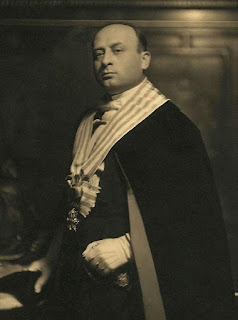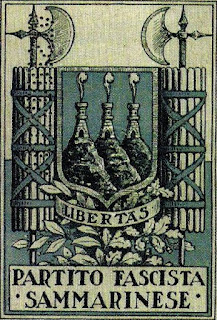Talented Florentine was commissioned by the Popes
 |
| The Church of Santa Maria de Loreto in Rome was Sangallo's first major commission |
Sangallo was the chief architect on St Peter’s Basilica from 1520 onwards and built many other beautiful churches and palaces in the city and throughout the Papal States.
He was born Antonio Cordiani in Florence in 1484. His grandfather had been a woodworker and his uncles, Giuliano and Antonio da Sangallo, were architects.
The young man followed his uncles to Rome to pursue a career in architecture and ended up taking the name Sangallo himself.
He became an assistant to Donato Bramante and started by preparing sketches for his master.
Recognising his talent, Bramante gave Sangallo projects to complete with no more than an outline of the design and motifs.
Sangallo’s first major commission was for the Church of Santa Maria di Loreto in 1507.
He came to the attention of Cardinal Alessandro Farnese, who later became Pope Paul III, and was commissioned to design the Farnese Palace in Piazza Farnese and a palace and church in the Cardinal’s home town of Gradoli.
 |
| Sangallo designed the Palazzo Farnese on behalf of the future Pope Paul III |
Having acquired a reputation in Rome as a master architect, he was appointed by Pope Leo X to oversee the construction of St Peter’s Basilica.
He was also responsible for some inspired engineering feats, such as building the foundations for the Church of San Giovanni dei Fiorentini on the banks of the Tiber, following Jacopo Sansovino’s design, which called for the church to extend into the river.
He shored up the foundations for the Basilica della Santa Casa in Loreto and did similar work on the Vatican loggias. His reinforcements are still standing today.
His last engineering project was the draining of the Rieti Valley. Because of the marshy environment he was working in, Sangallo contracted malaria and died before finishing the task.
When Cardinal Farnese became Pope Paul III in 1534 he asked for the Palazzo Farnese design to be expanded. In 1546 during the construction he became dissatisfied with Sangallo’s original design for the cornice and held a competition for a new design, which was won by Michelangelo.
At the time it was said that Sangallo had died from shame soon afterwards, but his biographer, Giorgio Vasari, later wrote that he was an excellent architect whose achievements deserved to be celebrated. Antonio Sangallo the Younger was buried in St Peter’s Basilica.
| Sangallo's construction of St Patrick's Well in Orvieto is considered one of his most accomplished engineering feats |
One of Sangallo’s amazing engineering feats was St Patrick’s Well in Orvieto, built for Pope Clement VII. Ramps around a central open shaft allowed oxen carrying water to do down one of the ramps and up the other without having to turn round. Despite the depth of the well, the ramps were well lit through windows cut into the centre section.
 |
| The Scala Regia was built by Sangallo and later restored by Gian Lorenzo Bernini |
Sangallo was capomaestro in charge of the day-to-day construction of St Peter’s Basilica from 1513 until about 1536. A wooden model of his design for the basilica is still in existence. He also worked on the Vatican apartments, building the Pauline Chapel and the Scala Regia, the main staircase to the Apostolic Chapel. Therefore it was fitting that the architect was allowed to be buried in St Peter’s.
More reading:
The Renaissance pope who turned Rome into the cultural heart of Europe
How Gian Lorenzo Bernini sculpted Rome
The story of La Pietà - Michelangelo's ultimate masterpiece
Also on this day:
1486: The birth of Imperia Cognati - courtesan
1778: Milan's Teatro alla Scala opens for business
Home


